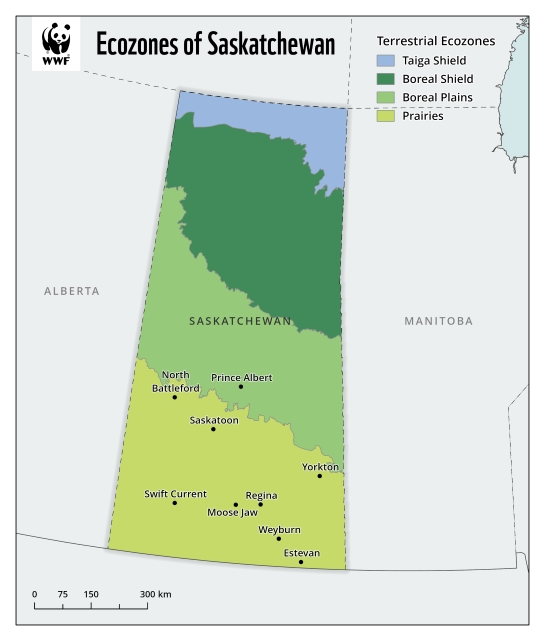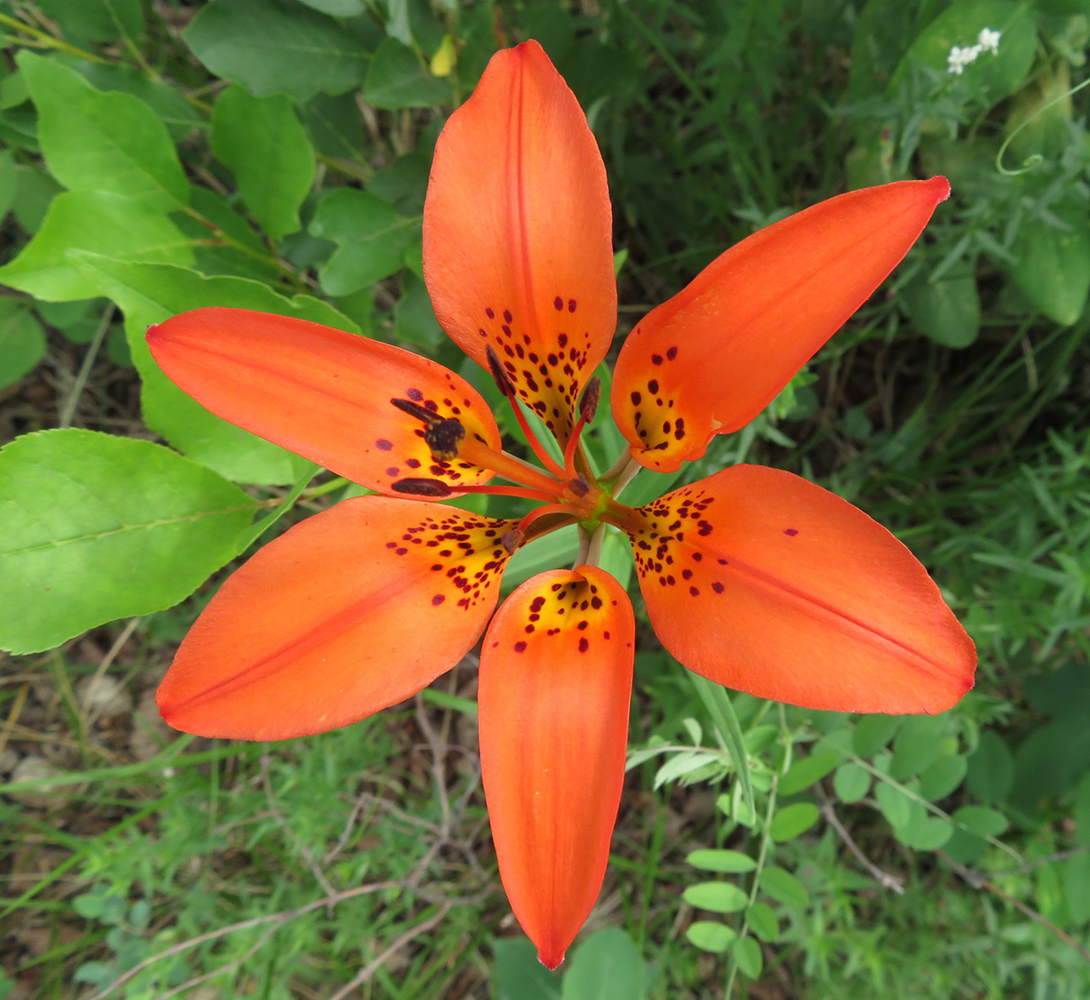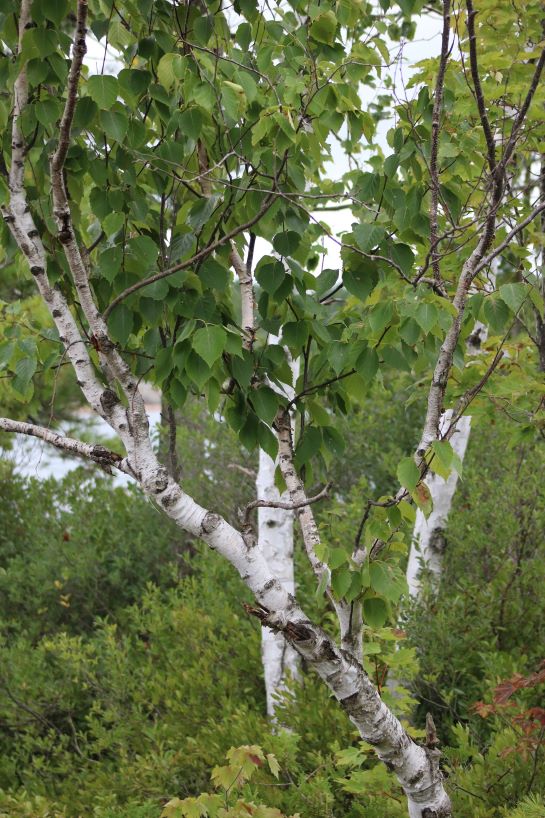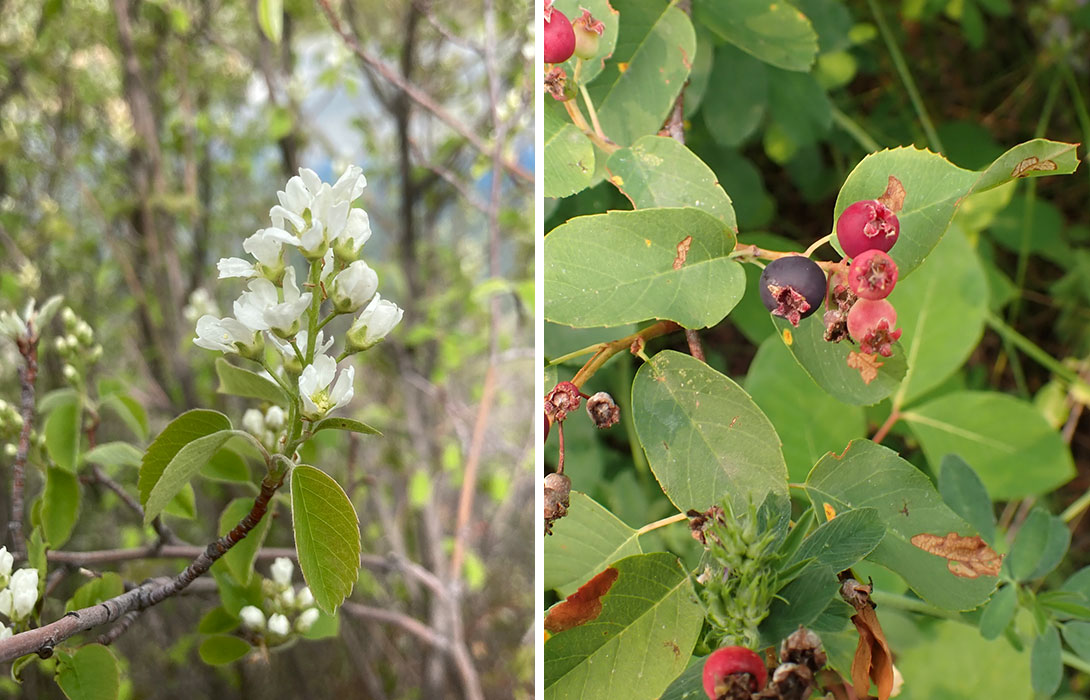Saskatchewan: come for the sunsets, stay for the native plants
As those who live here well know, Saskatchewan isn’t only farmer’s fields and prairies a-plenty. True, it’s home to nearly 40 per cent of Canada’s farmland as well as threatened native grasslands, both of which offer stunning views of sunsets, storm clouds and northern lights thanks to their flat horizons.
But this province’s “living skies” overlook four ecozones in total, which also include forests, wetlands and waters, exemplified by the extensive Saskatchewan River Delta.

As in many parts of Canada, native plants and wildlife in Saskatchewan are under pressure from development, agriculture and climate change. Don’t let the sun go down on Saskatchewan’s native ecosystems — instead grow these native plants to help restore the province’s biodiversity.
To learn about native plants from other provinces, check out our blogs for B.C., Alberta, Manitoba, Quebec and New Brunswick.
Wood lily — Saskatchewan’s floral emblem and provincial flower
The wood lily, also known as western red lily (Lilium philadelphicum), appears on the provincial flag, crest and tourism logos where its distinct shape and colour make it a perfect design element.
The bright orange-red, six-pointed lily can bloom from June through August and is native to southern Canada from B.C. to Quebec and parts of the U.S.
Once abundant in woods and prairies around the whole province, it is now harder to find this species in the southern part of the province. Wood lily is the only lily species native to Saskatchewan.
Growing tips
Try growing western red lily in a sunny and moist but well-drained site. Be sure to purchase from a reputable native plant seller — digging up wild plants of this species is illegal and harmful to wild populations. Keep an eye out for invasive lily leaf beetles (Lilioceris lilii), which eat all lily species and could hop over from a nearby cultivated lily. For tips on dealing with unwanted insects, visit re:grow.
Benefits for wildlife
Sweat bees, swallowtail butterflies and hummingbirds feed on the nectar and help with pollination.

White birch — Saskatchewan’s provincial tree
The white birch or paper birch (Betula papyrifera) is renowned for its versatile bark, which gets whiter as the tree ages. This bark has been used for canoes, baskets and more by Indigenous Peoples. Some Indigenous groups living in what we now know as Saskatchewan, Alberta and B.C. have also traditionally harvested a specific fungus that grows on birch trees (Inonotus obliquus) and used it to carry live embers from place to place to start fires more easily.

This medium-sized tree averages a 30- to 100-year lifespan, preferring colder climates. In the fall, its bright yellow leaves stand out.
The natural range of the white birch in Canada spans from coast to coast, including most of Saskatchewan.
Growing tips
While this birch is happy in most soil types and dry to moist environments, it needs full sun to thrive. This species is often used to restore damaged areas and is considered well adapted to fires because it recovers quickly.
Benefits for wildlife
Moose eat white birch bark through the winter months and beavers and porcupines will eat the inner bark. The birch seeds and leaves provide nourishment for many small animals and birds, including the province’s official bird: the sharp-tailed grouse. Yellow-bellied sapsuckers favour the sap from this tree.
And for a delightful and wildlife-friendly native shrub — saskatoon berry
The name of the city of Saskatoon is derived from the Cree word misâskwatômina, which refers to the fruits we also know as saskatoon berries (Amelanchier alnifolia). This native shrub, a type of serviceberry, produces sweet fruits that were used in making pemmican, a staple of Indigenous peoples — and later, of European settlers — living on the Plains. Saskatoon berry is native to Western Canada, Ontario and many western and midwestern U.S. states.
It has bright green oval shaped leaves and little white flowers with five petals that bloom from May to June. Its berries, which look like blueberries and have a similar nutritional profile, ripen in summer. This shrub can grow one to six metres tall and live 30-50 years.
Growing tips
Saskatoons are an excellent addition to a woodland garden, garden borders or edges. To keep them in a hedge, you’ll have to prune yearly in early spring or fall. They will do well in moderate to full sun (choose full sun, if possible, to get the sweetest berries) and moist, well-drained soil. They are fairly drought tolerant and can survive very cold winters. Check with local native plant nurseries to ensure you’re getting the right native species for your region.

Benefits for wildlife
Like many flowering and fruiting native shrubs, the saskatoon supports wildlife ranging from insects all the way to bears. Butterfly caterpillars, deer, elk and rabbits munch on its leaves. The berries are enjoyed by birds, squirrels, bears and people. If you plant a thicket of saskatoons, don’t be surprised when you see many more songbirds in your garden!
Help restore native plant life in Saskatchewan and across Canada
By growing native plants in your yard, container garden or community space, you can help restore wildlife habitats — in Saskatchewan or wherever you live in Canada. You can learn more about growing native plants, trees and shrubs and track your impact for nature by joining re:grow, WWF-Canada’s how-to hub to support the growing native plant movement.


